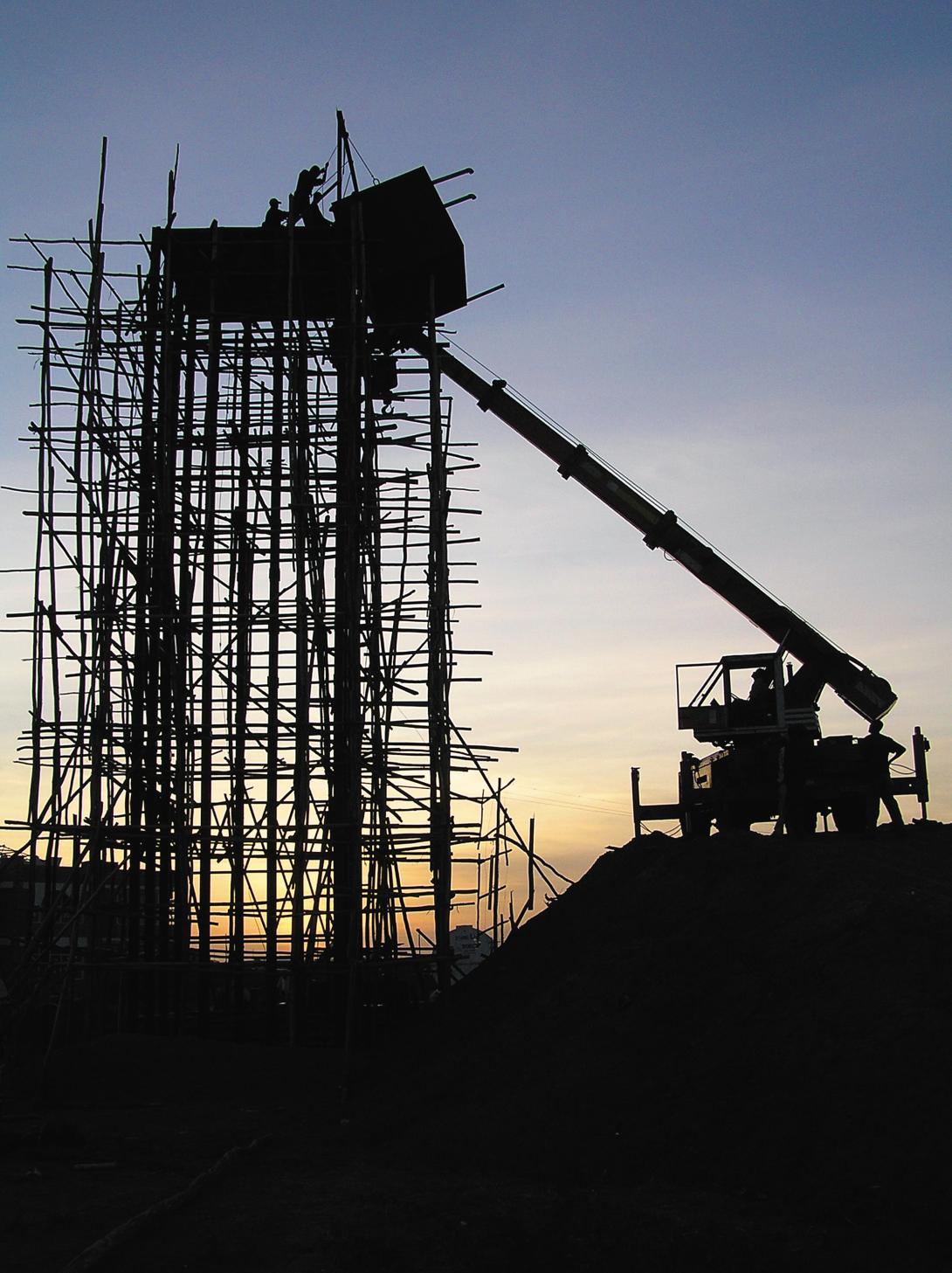Clean and Resource Efficient Production

© GIZ
The document describes clean and resource-efficient production as including all measures aimed at improving the input-output relation of material, water and energy-consuming processes and at mitigating the adverse environmental impacts resulting from these processes. Measures of this kind are economically beneficial to companies, making them more profitable and boosting their competitiveness, especially under the current trend of rising raw material and energy prices.
Main features and components
Activities for promoting clean and resource-efficient production in developing countries focus on three approaches: (a) profitable environmental management, (b) sustainable management of industrial zones, and (c) technology cooperation.
The range of services provided by GIZ includes:
- Consultancy and training programmes for employees of small and medium-sized enterprises and external consultants. These consist of modules that may be combined, e.g. Good Housekeeping (GHK) and Environment-Oriented Cost Management (EoCM);
- Advice on identifying improvement options at company level and linking consultancy and training programmes with other instruments such as environmental credit lines;
- Advice on planning and developing eco-industrial parks and fostering networks for public and private-sector stakeholders;
- Providing support to operators of industrial zones in hiring service companies (such as recycling firms) to ensure sustainable site management;
- Strengthening intermediary organisations, such as business development and technology transfer agencies, in delivering services to boost companies’ technological capacities;
- Facilitating the transfer of green technologies through development partnerships with the business community.
Lessons learnt
As a result of the advisory services provided by the programme, a tyre manufacturer saved around 12,000 kilolitres of water and 1,785 tonnes of coal by reducing steam leakage. The enterprise also reduced compressed air losses by 26 per cent and lowered its energy demand by 329,400 KWh/year.
Output
Results from the Indo-German Environment Partnership:
- Companies can comply with environmental regulation while becoming more competitive.
- Identification of over 1,200 improvement options through the participation of more than 120 SMEs
- A return of four times the investment cost was achieved on average with 90 percent of the investments being paid back in less than a year.
- Capacity development in small and medium-sized enterprises, along with ownership of senior management, has proven to be of equal or even greater importance than technology for bettering environmental and economic performance.
Downloads
Characteristics
Phase of intervention
Operating SIA, Resource efficiency
Level of intervention
Company
Regions
Asia
Countries
India
Target groups
Company, SME
GIZ project
Sustainable environment-friendly industrial production (SEIP II) in India